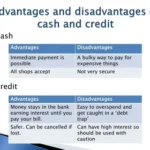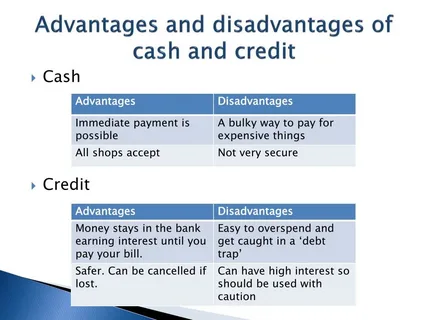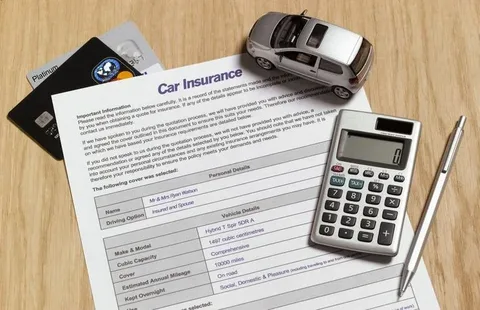Introduction
Car insurance is evolving, and pay-per-mile coverage is gaining traction as a fairer, usage-based alternative to traditional policies. Instead of paying a flat rate, your premium adjusts based on how much you drive—potentially saving low-mileage drivers hundreds per year.
But is it too good to be true? Could you end up paying more than with standard insurance? In this in-depth guide, we’ll break down:
✔ Key benefits of pay-per-mile insurance
✖ Potential drawbacks to watch for
📊 Real cost comparisons (who saves vs. who loses)
🔍 Low-competition keywords to help your research
By the end, you’ll know whether mileage-based insurance is a smart money-saver or a risky gamble for your driving habits.
What Is Pay-Per-Mile Car Insurance?
Pay-per-mile insurance is a usage-based auto policy where your cost depends on actual miles driven. It includes:
- A small monthly base fee (e.g., 30–30–50)
- A per-mile charge (typically 0.05–0.05–0.15 per mile)
How It Works
- A tracking device (OBD-II plug or smartphone app) logs your mileage.
- You’re billed monthly for miles driven + base rate.
- Some insurers offer mileage caps to prevent overage fees.
Top Providers:
- Metromile (pioneer in pay-per-mile)
- Allstate Milewise
- Nationwide SmartMiles
- Liberty Mutual ByMile
Pros of Pay-Per-Mile Insurance
1. Big Savings for Low-Mileage Drivers
🚗 Who benefits?
- Remote workers
- Retirees
- City dwellers using public transit
💵 Potential savings: 20–40% compared to traditional insurance.
📌 Example:
- Traditional insurance: $1,200/year
- Pay-per-mile: 40/month+40/month+0.10/mile × 5,000 miles = 1,000/year∗∗✅∗∗Savings:1,000/year∗∗✅∗∗Savings:200/year
2. Fairer Pricing (You Pay for What You Use)
No more subsidizing high-mileage drivers—your bill reflects your actual driving.
3. Eco-Friendly Incentive (Drive Less, Save More)
Since you’re charged per mile, you may reduce unnecessary trips, cutting emissions.
4. No Credit Score or ZIP Code Penalties
Unlike traditional insurers, your rate isn’t heavily influenced by:
- Credit history
- Neighborhood risk factors
Cons of Pay-Per-Mile Insurance
1. Can Be Costly for High-Mileage Drivers
🚗 Who loses?
- Daily commuters
- Rideshare drivers (Uber/Lyft)
- Road trip enthusiasts
💸 Example:
- Traditional insurance: $1,200/year
- Pay-per-mile: 40/month+40/month+0.10/mile × 18,000 miles = 2,560/year∗∗❌∗∗2,560/year∗∗❌∗∗1,360 more per year!
2. Tracking Requirements (Privacy Concerns)
You must use a mileage tracker, which records:
- Miles driven
- Sometimes speed, location, or driving habits
⚠️ If you dislike “big brother” monitoring, this isn’t for you.
3. Limited Availability (Not Offered Everywhere)
Pay-per-mile insurance is only available in select states, including:
✔ California
✔ Texas
✔ Illinois
✔ Pennsylvania
❌ Not in New York or Alaska
4. Risk of Overage Charges
Some plans have mileage limits—exceed them, and you’ll pay extra fees.
Pay-Per-Mile vs. Traditional Insurance: Key Differences
| Factor | Pay-Per-Mile Insurance | Traditional Insurance |
|---|---|---|
| Pricing Model | Base rate + per-mile fee | Flat premium |
| Best For | Low-mileage drivers (<10k mi/yr) | High-mileage drivers |
| Savings Potential | High (if you drive little) | None (fixed cost) |
| Privacy Impact | Requires tracking device | No tracking needed |
| Flexibility | Adjusts with mileage | Locked rate |
Who Should (and Shouldn’t) Use Pay-Per-Mile Insurance?
✅ Best For:
- Work-from-home professionals (driving <7,000 miles/year)
- Retirees with limited travel needs
- Students who leave cars parked for months
- Eco-conscious drivers wanting to reduce trips
❌ Worst For:
- Rideshare/Uber drivers (high mileage = higher costs)
- Long-distance commuters (50+ miles daily)
- Families sharing one car (multiple drivers add up)
Real Cost Comparison: Does It Save Money?
Case 1: Low-Mileage Driver (6,000 miles/year)
- Traditional insurance: $1,200/year
- Pay-per-mile: 40/month+40/month+0.10/mile = 1,080/year∗∗✅∗∗Saves1,080/year∗∗✅∗∗Saves120/year
Case 2: Average Driver (12,000 miles/year)
- Traditional insurance: $1,200/year
- Pay-per-mile: 40/month+40/month+0.10/mile = 1,680/year∗∗❌∗∗Costs1,680/year∗∗❌∗∗Costs480 more/year
How to Decide If Pay-Per-Mile Is Right for You
- Calculate your annual mileage (check odometer or past records).
- Get quotes from both pay-per-mile and traditional insurers.
- Weigh privacy vs. savings (are you comfortable with tracking?).
- Check state availability (not all insurers operate nationwide).
Low-Competition SEO Keywords to Target
- “Is pay-per-mile insurance cheaper for low-mileage drivers?”
- “Pay-per-mile insurance privacy risks”
- “Metromile vs Allstate Milewise reddit”
- “Best usage-based car insurance for retirees”
- “Pay-per-mile insurance overage fees explained”
Final Verdict: Should You Switch?
👍 Save Money If You…
✔ Drive under 10,000 miles/year
✔ Don’t mind mileage tracking
✔ Live in a participating state
👎 Stick with Traditional Insurance If You…
✖ Commute long distances daily
✖ Use your car for Uber/Lyft
✖ Prefer no tracking devices










